We set off on a quick trip through Italy to discover some of its most prized culinary treasures, including tangible and intangible heritages, vegetables and recipes, and historical and archaeological sites. We begin with the Mediterranean Diet, the pride of Italy and a Cultural Heritage of Humanity, and its unmistakable trio of pasta with tomato, basil and olive oil.
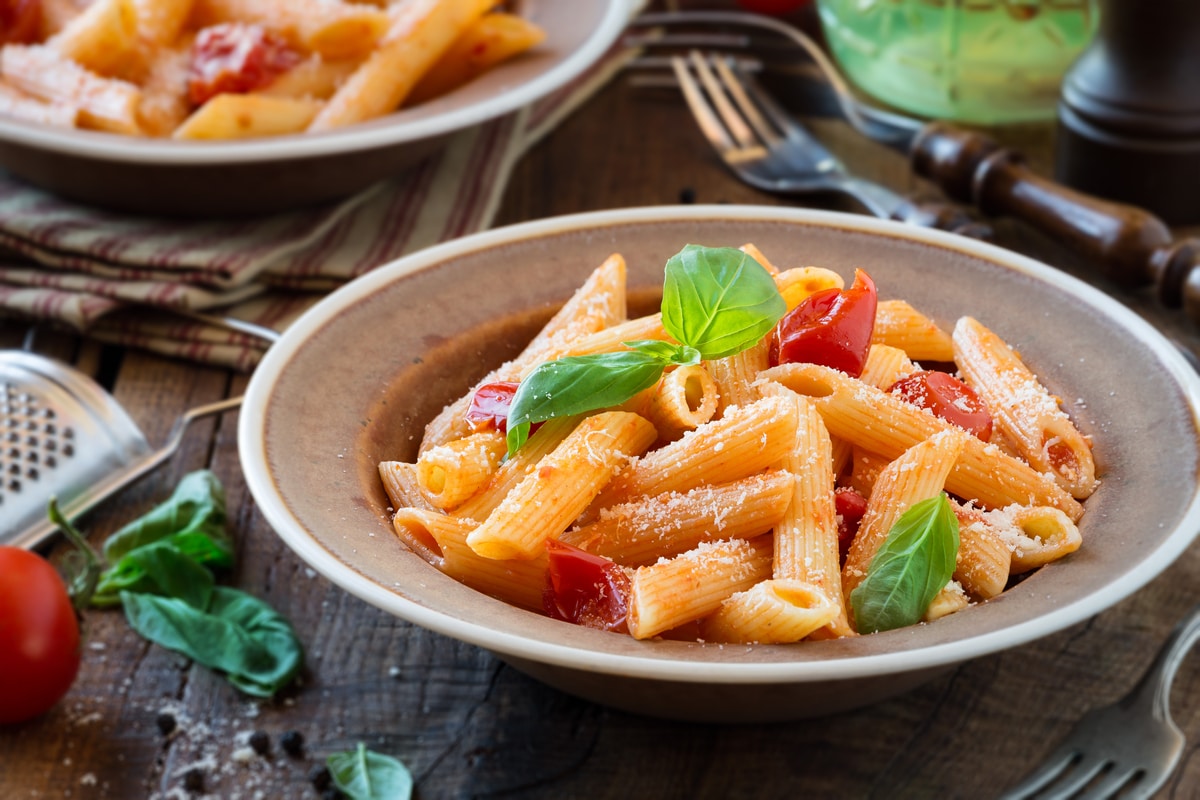
photo by kuvona-shutterstock
Liguria and Prà basil: The king of pesto
Our first stop is in Liguria, home to the famous Genovese basil from Prà. This prized variety of basil is distinguished by its intense and inimitable aroma, perfect for making pesto.
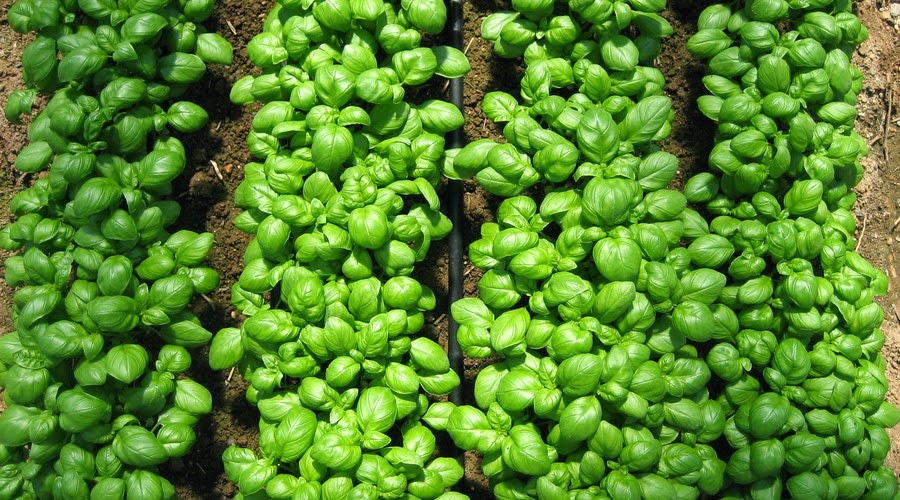 Basilico di Prà photo by Genova golosa
Basilico di Prà photo by Genova golosa
Tuscany: Olive oil treasures and medieval charm
We continue to Tuscany, home of quality extra virgin olive oil. Monteriggioni, a charming medieval village sponsored by UNESCO, is home to the National Association of Oil Cities, which promotes Italian oil culture, tourism and territories.

photo by Marian Weyo-Shutterstock
Among the extra virgin olive oils protected by the region, we taste that of the Quercetano olive, once used as currency in trade transactions between Versilia producers and the Arabs.
Campania Dop: Pizza and its iconic ingredients
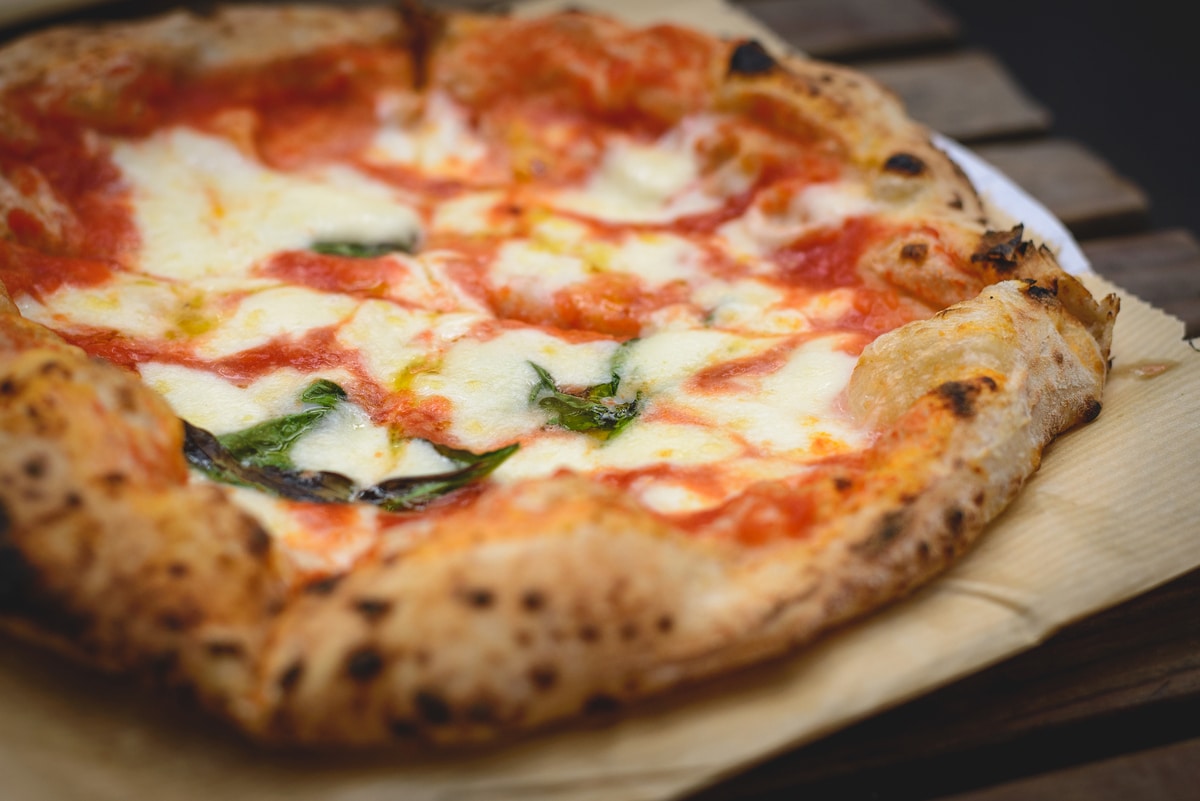
Pizza margherita Paolo Paradiso-shutterstock
We now move to Campania, home of the “sacred” pizza, whose art, “L’Arte dei Pizzaiuoli Napoletani” was recognized as an Intangible Heritage of Humanity in 2017. Let’s discover the two most iconic ingredients of this delicacy: the peeled San Marzano tomato and the delicious Campania mozzarella, such as the one “co’ a mortedda” (in mortella) wrapped in myrtle leaves.
Formaggi d’Italia: Il Cilento e la Val Camonica
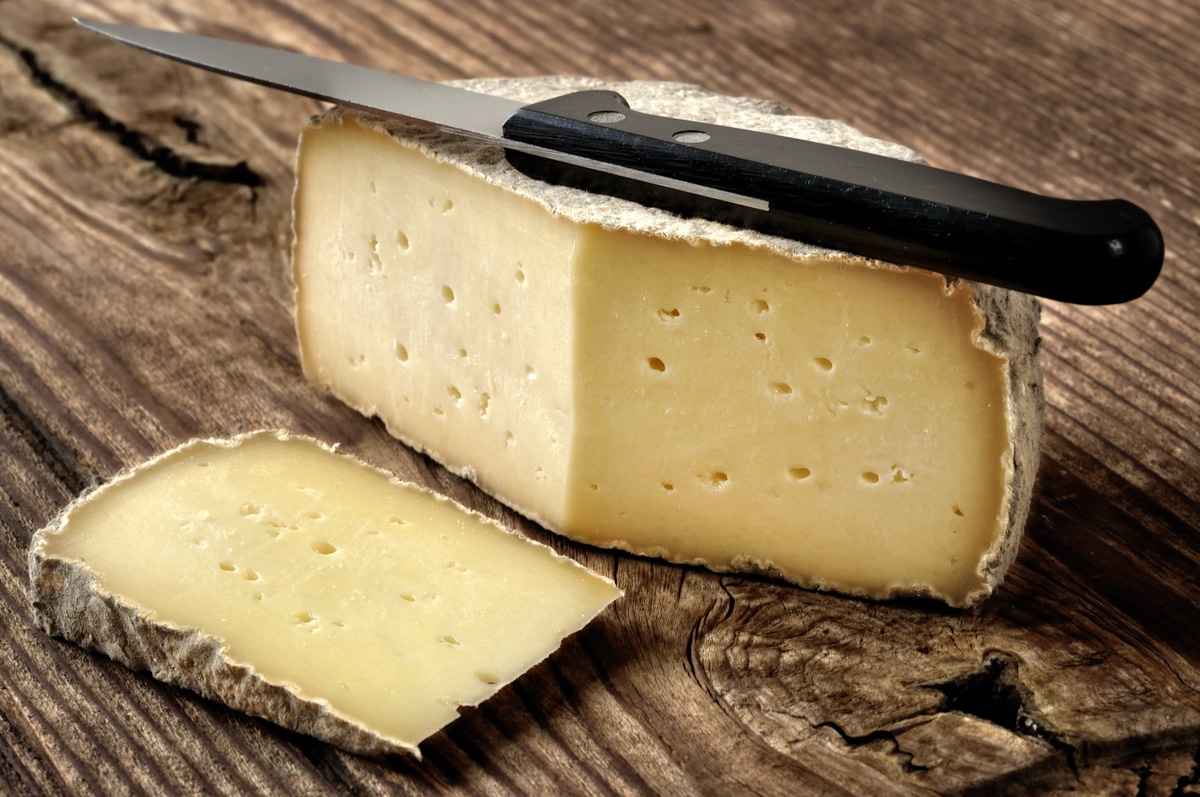
Formaggella of the Camonica Valley photto by Sfocato-shutterstock
Some of Italy’s most delicious cheeses can be found in Cilento and Val Camonica, such as formaggella della Val Camonica, made from semi-hard raw cow’s milk and ideal for pairing with low-alcohol white wines.
Wine and desserts: The dry Malvasia of Sardinia and Sicilian Buccellato
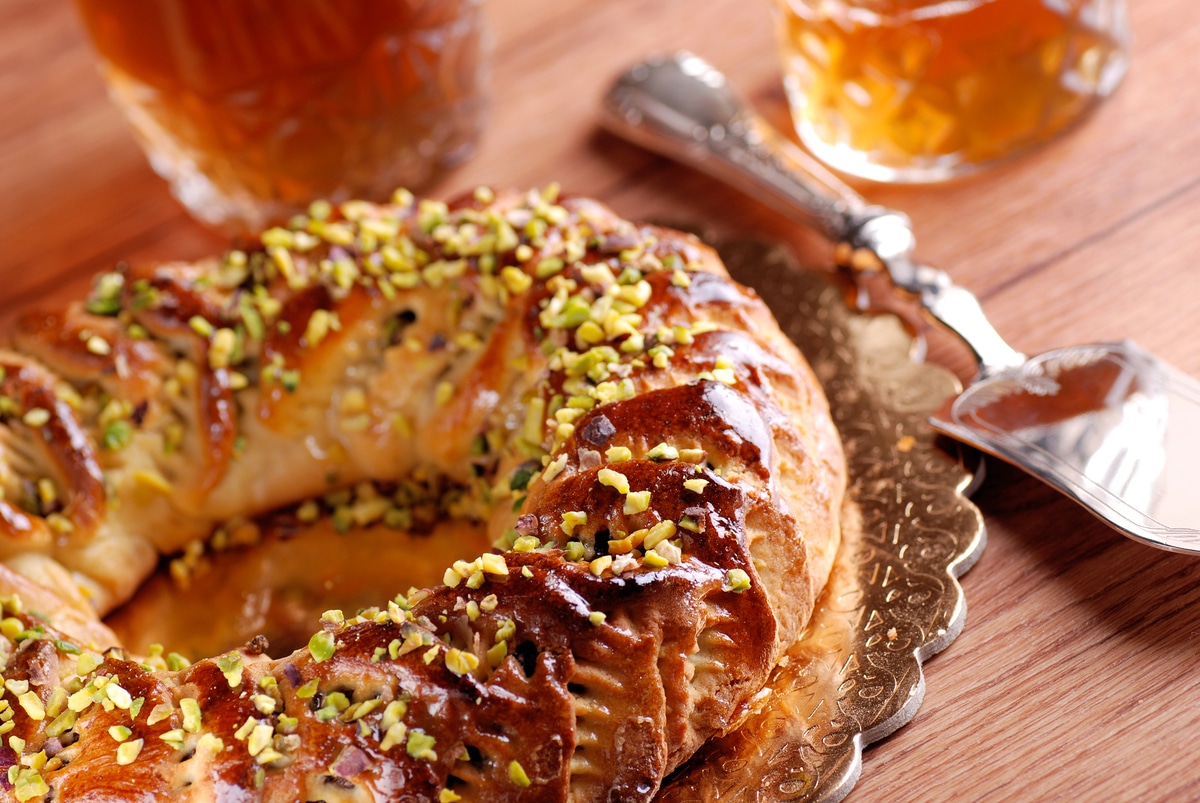
Typical traditional dessert the Sicilian Buccellato photo by al1962-shutterstock
Not to be forgotten is wine, such as Malvasia secca di Sardegna, a white but full-bodied wine with as much as 13 degrees of alcohol, produced in the historic region of Marmilla. To end on a sweet note, we enjoy Sicilian Buccellato, a shortbread doughnut filled with traditional ingredients that vary from area to area. Our journey ends in Palazzolo Acreide, one of the most beautiful villages in Italy and located in the Val di Noto, another UNESCO site with a PDO flavor

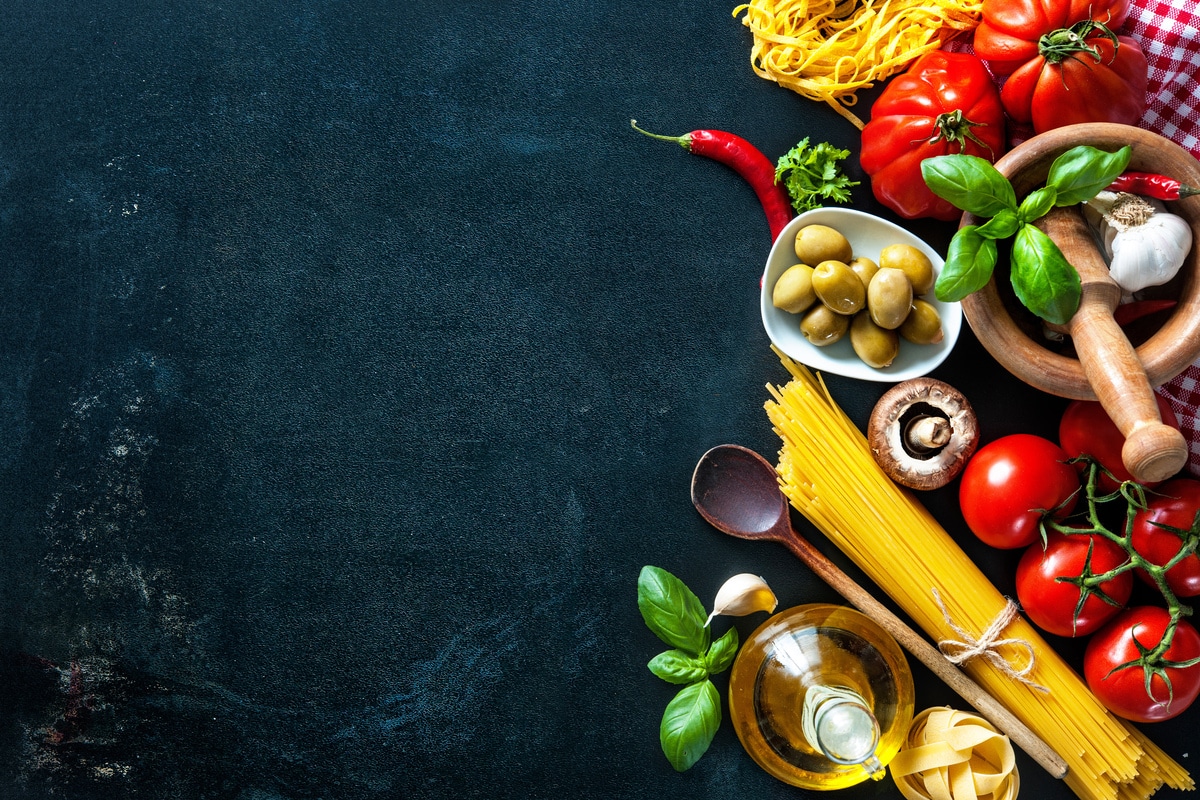
0 Comment